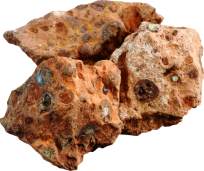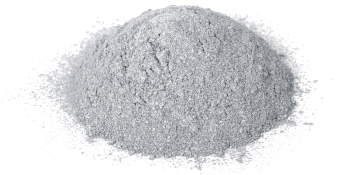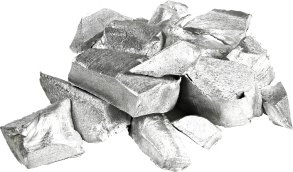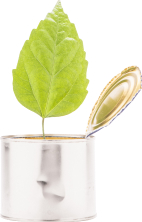Aluminium Producing
Aluminium is a chemical element abundant in the earth's crust, but not found in its pure form. The metal is extracted from ore called “bauxite”, through a number of processes.
-

Bauxite Mining
Aluminium production chain begins with bauxite, the “aluminium ore”. Most bauxite is mined in tropical areas, with around 50km2 of new land mined each year. At the same time, a matching area of land is restored to nature as re-creation.
-

Alumina (Aluminium oxide) Production
Alumina is made from bauxite, a naturally occurring ore containing mostly variable amount of aluminium oxide hydrates (water-containing), silicas and iron-oxides. A process called Bayer Process is used at refining aluminium processing from bauxite ore to alumina.
-

Primary Aluminium
Primary aluminium is aluminium tapped from electrolytic cells or pots during the electrolytic reduction of metallurgical alumina (aluminium oxide). It thus excludes alloying additives and recycled aluminium.
-

Reduction Process
Production of primary aluminum metal using the Hall-Heroult process involves electrolytic reduction of alumina in cells or pots. The electrolyte is made up of molten cryolite and other additives and is contained in a carbon and refractory lining inside a steel pot shell.
Alloys
-

Aluminium Alloys
An aluminum alloy is a composition consisting mainly of aluminum to which other elements have been added. The alloy is made by mixing together the elements when aluminum is molten (liquid), which cools to form a homogeneous solid solution.
-

Recycling
In order to maintain the sustainability of natural resources and reducing the environmental pollution, the use of materials with high recycling rates should be increased in our daily life. As aluminium is infinitely recyclable material with a rate of 99.9 %, it is one of the most important raw materials in terms of sustainable resource use and low environmental pollution.